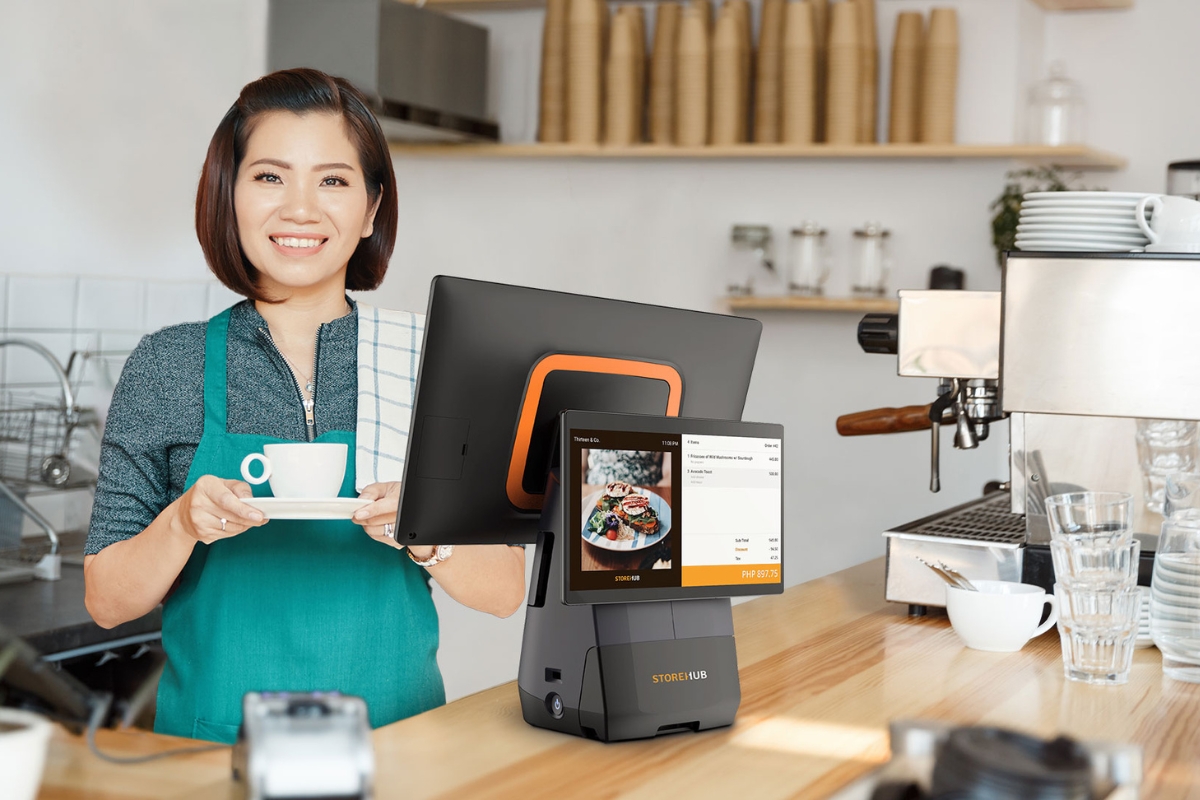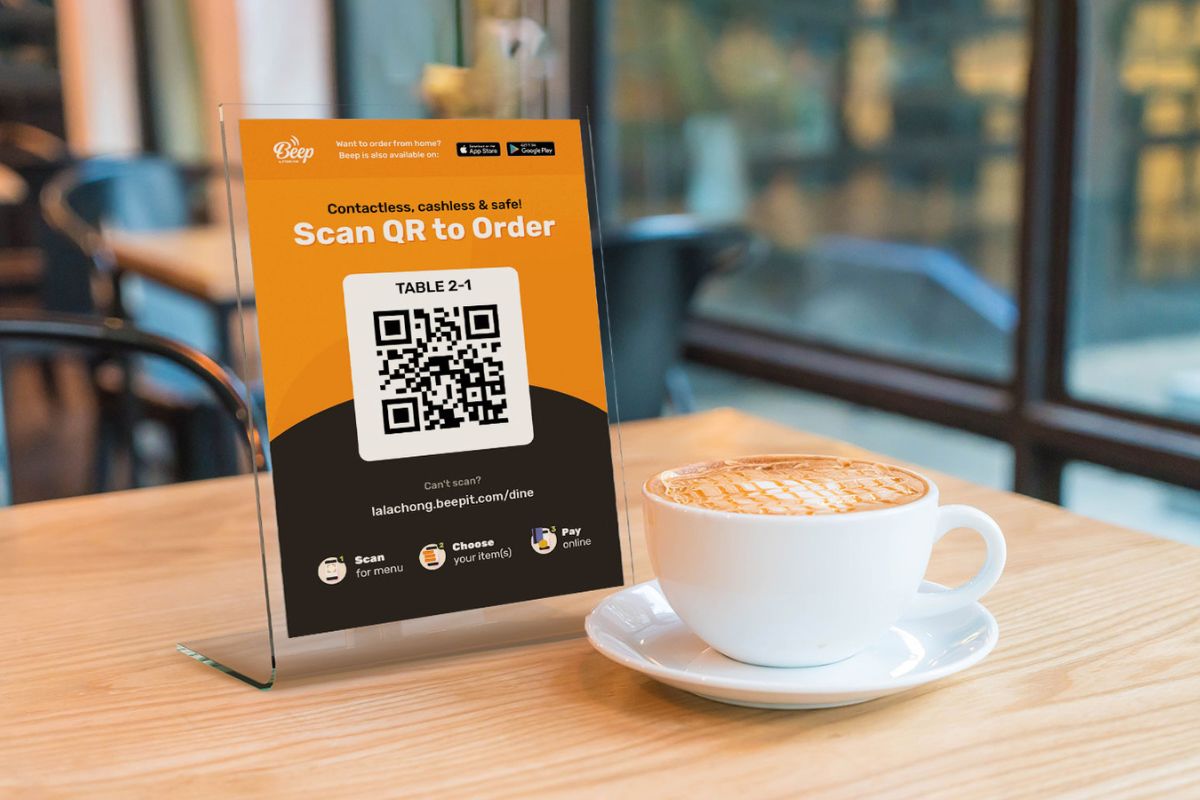You’ve probably seen the 50/30/20 rule all over personal finance advice:
- 50% for needs
- 30% for wants
- 20% for savings
It’s simple, easy to remember, and helps people manage their money without complex spreadsheets. But what if you applied the same rule to running a business — specifically an F&B or retail business in the Philippines?
In this blog, we explore whether the 50/30/20 framework can be a useful guide for business planning, how it might apply to your monthly budget, and what real-world adjustments you might need to make along the way.
Understanding the 50/30/20 Rule in a Business Context
The 50/30/20 rule was originally developed as a personal budgeting framework — meant to help individuals manage their monthly income by dividing it into needs (50%), wants (30%), and savings (20%). It’s simple, accessible, and great for people who want structure without getting overwhelmed by complicated spreadsheets.
But when it comes to business planning — especially for F&B and retail businesses in the Philippines — things aren’t always that straightforward. Still, the core idea of categorizing your spending to balance day-to-day survival, growth, and long-term sustainability can be a helpful mental model for decision-making.
Let’s put this into perspective: imagine you run a café in Marikina or a small clothing shop in Cebu, bringing in ₱300,000 in monthly revenue. Could you reasonably split your budget using this formula?
- 50% for essentials: these would include non-negotiables like rent, ingredients or inventory, staff wages, and utilities. These are the costs that keep your business running day-to-day.
- 30% for “wants”: in personal finance, this refers to lifestyle extras. In business, it could mean running a Facebook ad campaign, giving your store a makeover, launching a new product line, or offering a seasonal promo — things that aren’t strictly necessary, but can boost visibility and engagement.
- 20% for savings or reinvestment: this might go into building an emergency fund, upgrading outdated equipment, opening a second branch, or investing in tools like a POS system to streamline operations.
On paper, this split feels balanced. It pushes business owners to avoid overcommitting to day-to-day operations while still prioritising future growth. But in reality? The cost structures of most F&B and retail businesses rarely fit into such neat percentages — and that’s where the nuance begins.
Why Most F&B and Retail Businesses Spend More Than 50% on “Needs”

Most small businesses — especially in the F&B industry — spend well over 50% of their revenue on essential operational costs.
Labor alone can easily take up 30–40% of your monthly budget if you’re running a full-service restaurant or café with multiple shifts. Add to that rent (which varies widely depending on whether you’re in a mall in Metro Manila or a quieter neighborhood in the province), your cost of goods sold (COGS), and utilities — and your “needs” could already be consuming 70–80% of your revenue.
Let’s break it down using a real-world example:
A small neighborhood café earning ₱300,000 a month might allocate spending like this:
- ₱60,000 in rent
- ₱90,000 in salaries (3 full-time staff, including SSS/PhilHealth/Pag-IBIG)
- ₱45,000 in ingredient restocks and packaging
- ₱15,000 in electricity, water, and internet bills
That’s a total of ₱210,000 — or 70% of monthly revenue — just to keep the lights on and the doors open.
Retail businesses may have a bit more flexibility depending on product margins, especially if they carry their own brand or sell high-margin items.
But costs like seasonal inventory restocking, display and merchandising updates, staffing, e-commerce management, and return logistics can still drive up operational expenses. For example, a small fashion boutique in Makati might spend more during certain months to stay on-trend and meet customer demand — leading to fluctuating “need” expenses throughout the year.
So where does this leave the 50/30/20 rule?
The takeaway isn’t that the model is flawed — but that business needs are heavier and less flexible than personal ones. Instead of discarding the rule altogether, it can be reframed as a flexible benchmark.
For instance, you might adjust your approach to a 70/20/10 model (70% needs, 20% wants, 10% savings) during the early growth phase of your business, or a 65/25/10 split when you’re ramping up for expansion and still want some breathing room.
What matters more than the exact percentages is the habit of categorizing your expenses, tracking your financials monthly, and making sure you’re not overextending in one area while neglecting another. And that’s where structured business planning and real-time reporting tools become crucial.
Reframing “Wants” as Strategic Investments
In personal finance, the “wants” category is usually reserved for non-essentials — dining out, travel, entertainment, or online shopping sprees.
But in business, this category deserves a more strategic lens. What might seem like a discretionary expense at first glance is often an investment in growth, customer retention, or brand positioning.
Let’s say you run a café in Quezon City or a lifestyle retail store in La Union. Spending ₱10,000 on social media ads might feel like a “want” — but if it drives foot traffic, boosts sales of high-margin products, or grows your loyal customer base, it’s not just a luxury — it’s a growth lever.
Some examples of strategic “wants” for F&B and retail businesses in the Philippines include:
- Running targeted Facebook or TikTok ads to increase weekday foot traffic
- Redesigning your space to improve ambiance and encourage longer visits
- Collaborating with micro-influencers to create buzz around a store launch
- Launching seasonal menus or limited collections to drive urgency and repeat purchases
These kinds of initiatives may not be essential to keeping the business operational today — but they could be critical to ensuring it’s still around next year.
The key isn’t to spend blindly on every new idea, but to test, track, and optimize. And that’s where having real visibility into your business performance makes all the difference.
With tools like the StoreHub POS system, you get access to detailed insights — from sales trends and bestselling items to staff performance and average order values. This gives you the confidence to invest smartly instead of relying on gut feel.
For example, if your StoreHub POS shows that bundling a drink with a pastry increases your average order value by 20%, then that ₱3,000 you spent designing posters and running a promo campaign becomes a clear win — not a gamble.
And beyond making better decisions, this kind of visibility helps you save time, reduce manual reporting, and avoid wasteful spending — all while letting your team focus on delivering great customer experiences instead of digging through spreadsheets.
So instead of treating “wants” as optional fluff, it’s smarter to see them as strategic bets. As long as you’re measuring outcomes and staying agile, these “wants” could very well fuel your next stage of business growth.
The Real Power of the 20%: Building Financial Cushion and Optionality

Perhaps the most overlooked part of the 50/30/20 rule — both personally and professionally — is the 20% savings or reinvestment portion. For small businesses, this slice often disappears quickly due to unexpected equipment repairs, supplier delays, or slower-than-usual weeks.
But even setting aside just 5–10% of your monthly revenue can create a meaningful financial buffer that gives you breathing room and flexibility.
Let’s say your café typically earns ₱150,000 a month, and you consistently save ₱10,000–₱15,000.
In six months, that adds up to ₱60,000–₱90,000 — enough to:
- Cover operating costs during a two-week renovation
- Replace critical equipment like an espresso machine before it breaks down
- Ensure staff are paid on time even during a slow holiday season
This kind of buffer doesn’t just help you survive tough periods — it also allows you to act when opportunities come up. Whether that’s securing a good deal on bulk inventory, jumping on a limited-time location rental, or hiring a new staff member during a busy growth period, having reserves gives your business optionality.
Can the 50/30/20 Rule Work for Your Business?
The 50/30/20 rule was never meant to be a one-size-fits-all formula for businesses — and it shouldn’t be treated as one. But as a framework for thinking about business finance, especially for newer entrepreneurs or solo founders, it offers a simple and accessible starting point.
What makes it valuable isn’t the exact ratios — it’s the intentionality behind them. It encourages business owners to categorize spending, reflect on trade-offs, and think proactively instead of reactively.
Rather than asking “Does this split apply perfectly to my business?”, ask:
- Are my operational costs growing faster than my revenue?
- Am I investing in areas that genuinely impact customer experience or long-term growth?
- Do I have enough liquidity to handle seasonal dips, supplier hiccups, or sudden opportunities?
By regularly reviewing your spending patterns through a 50/30/20-inspired lens, you develop the financial awareness to spot inefficiencies and redirect funds more effectively.
In practice, your own ratio might look more like 70/20/10 or 65/25/10, especially in capital-intensive industries like F&B or retail. The numbers will shift over time — and they should. A startup in its first year will have very different cost structures compared to a mature café group with three outlets and established SOPs.
At the end of the day, smart business planning is also about designing systems that align with your goals, stage of growth, and available resources. And having a financial structure — even a flexible one — puts you in a better position to plan, optimize, and scale with confidence.
Final Thoughts

Applying a personal finance framework like the 50/30/20 rule to a business might feel unconventional — but sometimes, a simple shift in perspective is all it takes to get clearer about where your money is going and why.
Financial planning doesn’t need to be rigid or complicated. What matters most is having clarity, purpose, and adaptability in your decision-making — especially when cash flow tightens or opportunities arise unexpectedly.
With the right mindset and tools in place, you’re able to create the foundation your F&B or retail business needs for long-term growth, sustainability, and resilience.





Recent Comments